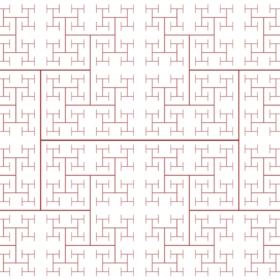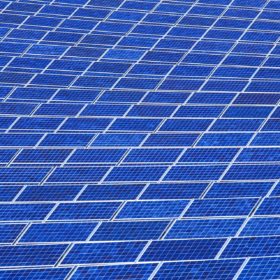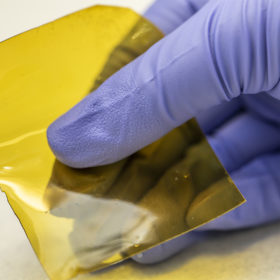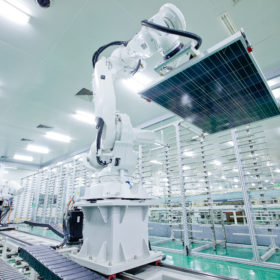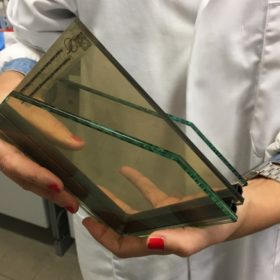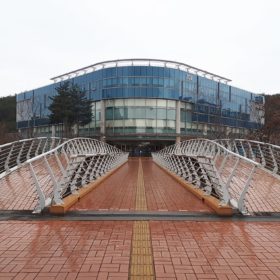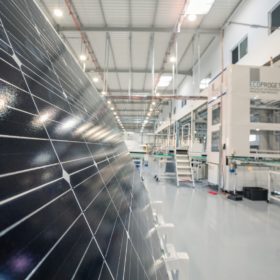New fractal solar panels combine efficiency and aesthetics
Researchers from the United States have proposed a new electrode design for fractal solar panels that combines the typical aesthetic advantages of the technology with the efficiency of busbar design. The proposed pattern is based on the fractal tree structure known as H tree, or T-branching, which is a geometric shape consisting of a repeating pattern that resembles the letter H. The hybrid H-tree/busbar pattern showed power losses that are close to those of standard busbars.
Republika Srpska launches tender for 60 MW PV project
The Ministry of Energy of Republika Srpska is seeking proposals for its first large-scale PV project. The solar park is planned to be located in Bileća, in Bosnia’s southernmost part.
Slovakian government hands out €700,000 for residential solar in just 36 minutes
The national Green Houses Program grants incentives for the installation of solar water heaters, PV systems with a generation capacity of up to 10 kW, heat pumps and small wind turbines.
Cheaper flow batteries with new membrane
US scientists claim to have discovered a membrane which could lead to cheaper large scale flow batteries. The material is an ion-selective, aqueous-compatible polymer with intrinsic microporosity known as AquaPIM and is said to have tunable thickness and high conductivity in aqueous electrolytes.
Jinko profits surge in 2019
The Chinese manufacturer shipped 14.3 GW of PV modules last year, up 2.9 GW from 2018. In its 2020 outlook, it reiterated its initial shipment guidance and confirmed its plans to ramp up capacity.
Poland added 300 MW of solar in first two months of 2020
The country’s cumulative installed PV capacity reached 1.6 GW at the end of February, according to the national grid operator.
New technique to improve titanium dioxide films in dye‐sensitized solar cells
Dutch scientists are producing mesoporous titanium dioxide thin films at room temperature by using the papain enzyme in a dip‐coating procedure. This fully organic process could facilitate the development of cheaper, more efficient dye‐sensitized solar cells.
Solar windows made of chromophores
An Italian startup has developed a luminescent solar concentrator technology that can be integrated with active architectural elements and windows. The technology is based on nanoparticles known as chromophores, which decouple the absorption and light-emission processes, thanks to appropriate engineering. The company claims it has achieved a conversion efficiency of up to 3.2%, with a degree of transparency in the visible spectrum of around 80%.
Hybrid tandem quantum dot solar cell with 12.8% efficiency
South Korean scientists have produced an organic, hybrid-series tandem PV device that combines quantum dots and organic bulk heterojunction photoactive materials. They claim that the cell has the highest efficiency among all reported colloidal quantum dot cells, including single-junction devices and tandem devices.
A new module factory in Bahrain
Italian company Ecoprogetti will supply the production equipment to Bahrain-based module producer Solartecc. Output is set to begin in the third quarter.

